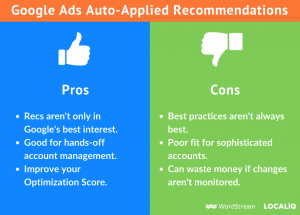Amazon Seeks More AI Updates Like Rufus To Outpace Competitors

Have you met Amazon Rufus, an AI shopping assistant now available to all U.S. customers? I met Rufus a few weeks ago, and it can be a little spooky at times.
Rufus can answer questions in the Amazon Shopping app such as why an order is late, even if the consumer misspells the product name. By tapping an icon in Amazon’s smartphone apps, shoppers bring up the interface and can text questions or voice chat with the AI — such as “I like to walk 5 miles on a treadmill, what type of shoes should I buy?”
One question Rufus could not answer was “how to buy media across Amazon’s marketplace.”
Rufus responded by explaining that “Amazon offers interest-based ads tailored to your preferences, but you have the choice to opt-our of receiving them.” And “Amazon does not provide information how to directly purchase ads on their products,” which could eventually come one day.
The chatbot took on the name of a Welsh corgi, Rufus, who spent time in the first warehouse in 1996, according to an Amazon blog post. His human “parents” — Eric, one of the company’s first software engineers, and Susan, the first managing editor — were among fewer than 20 employees working out of a former janitorial supply warehouse.
Amazon said Rufus, the AI assistant, was trained on its catalog of products as well as the web. This enables it to offer all types of information such as driving directions from Afton, Wyoming, to Yellowstone National Park, or provide a list of steakhouses in Teton Village in Wyoming on the way to the park.
The biggest problem with directions, it was not a direct route through Wyoming. Rather than taking the commuter through the south entrance, it provided directions through the north gate in Montana.
The company also uses AI to summarize product reviews, builds tools for developers and companies to build its own AI services, and is creating new services for Alexa, a voice assistant. Amazon introduced Rufus in February, but only to a limited number of users.
Rufus is another reason why it has become so important to keep all marketplace and website information up to date.
Amazon Web Services (AWS), the company’s technical arm, this week announced updates for several of its AI products.
Matt Wood, AWS vice president of AI products, told Axios in an interview earlier this week that the company has had more than 320 generative AI (GAI) major feature launches into general availability this year.
He estimates that’s more than twice than all of the other large cloud providers combined, although I have no idea how he knows that specific number.
One of the more interesting advancements comes from Bedrock, which will allow customers to use their own data to change the behavior pattern of large language models (LLMs) like Anthropic Claude 3.
It also launched guardrails that detect hallucinations. Contextual grounding checks can detect and filter more than 75% hallucinated responses, Amazon wrote in a blog post.
On Wednesday at its New York Summit, AWS announced App Studio to help developers make their own application.
App Studio is a point-and-click interface, complete with guidance on how to accomplish a task by asking its generative AI-powered assistant, that aims to help those who want to be a developer, but do not have the skills.
A user only needs to describe the application they want to build, what they want it to do, and the data sources they want to integrate with, and in minutes, App Studio builds an application, the company says.
(4)







